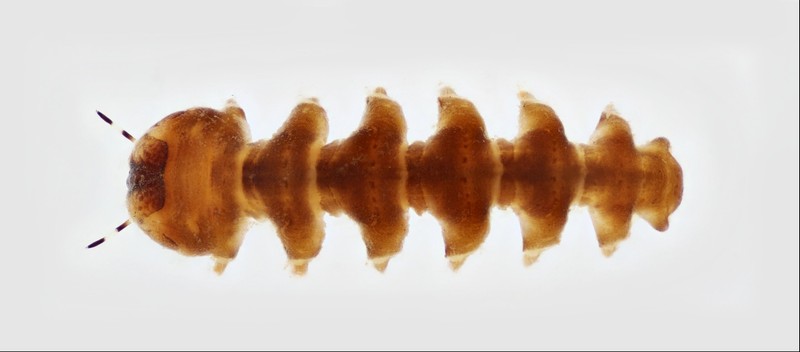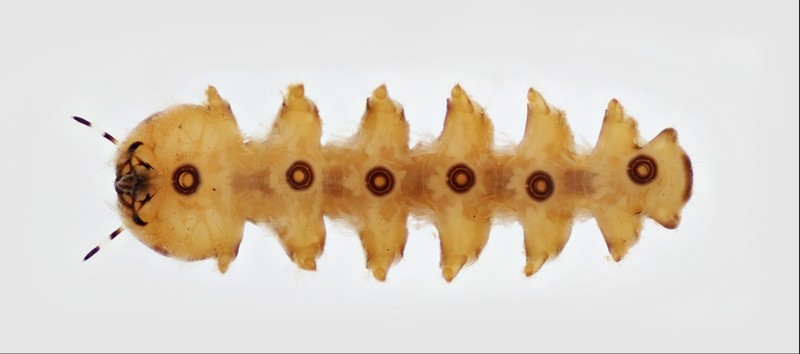order

Coleoptera
“Adult Beetles”

Coleoptera
“Larval Beetles”

Diptera
“True Flies”

Ephemeroptera
“Mayflies”

Hemiptera
“True Bugs”

Lepidoptera
“Aquatic Caterpillars, Snout Moths”

Megaloptera
“Alderflies, Dobsonflies, and Fishflies”

Odonata
“Dragonflies and Damselflies”

Plecoptera
“Stoneflies”

Trichoptera
“Caddisflies”
family
Blephariceridae
“Net-winged Midges”
Family Overview
Blephariceridae


Net-winged Midges
The head is not distinctly separated from the thorax; the body is divided into six major divisions with the 1st division comprising the fused head, thorax, and 1st abdominal segment; each of the six body divisions has a median suction disc ventrally.
Characteristics
POLLUTION TOLERANCE
Upper Midwest: up to 0
Southeast: up to 0.2
0 = least tolerant, 10 = most tolerant
FEEDING HABITS
Scraper / Grazer
MOVEMENT
Clinger
Diagnostic Characters
Order
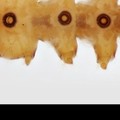
Legs Absent
Family
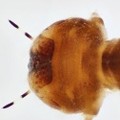
Head Capsule Complete but Not Distinct
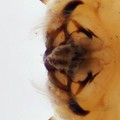
Mandibles Moving Horizontally
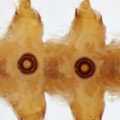
Suction Cup on Each Body Division
+ Expanded Character List
Order:
Wings and wing pads absent. Eye spots sometimes visible, but compound eyes absent. Segmented legs absent, but sometimes fleshy prolegs present. Sometimes with distinct head, often without head or with head drawn deeply into thorax. Body flattened, cylindrical, or maggot-like.
Family:
head not distinctly separated from the thorax; the body is divided into six major divisions with the 1st division comprising the fused head, thorax, and 1st abdominal segment; each of the six body divisions has a median suction disc ventrally.
Dorsal
Ventral




